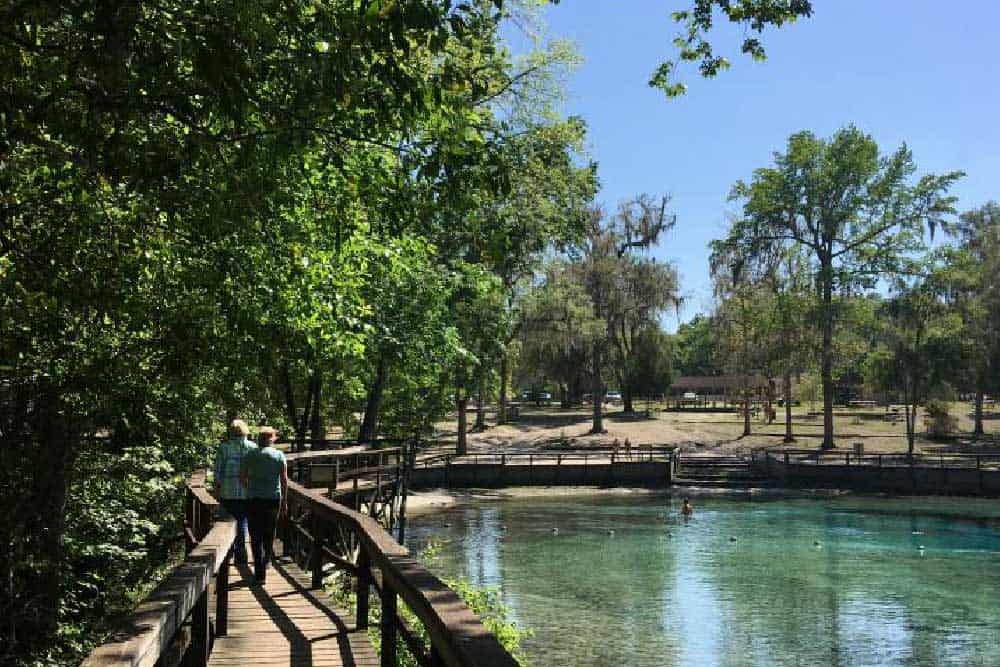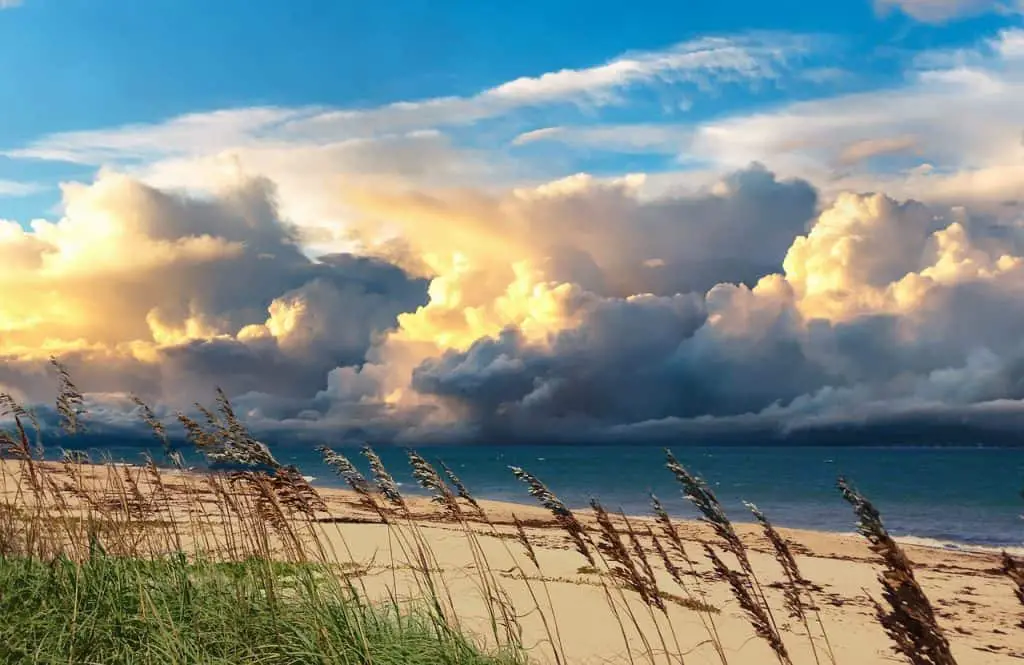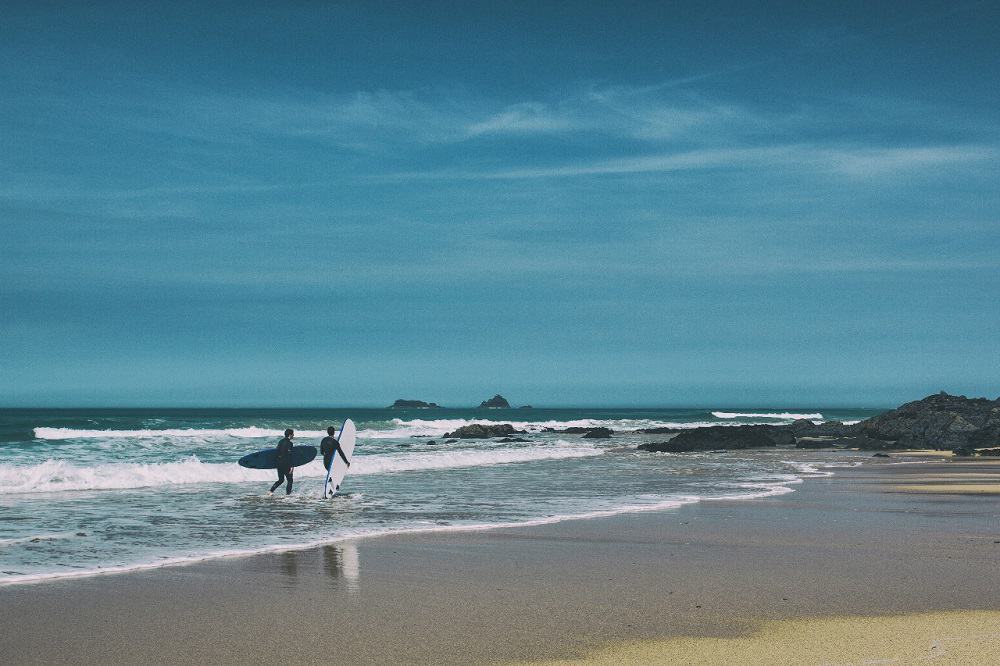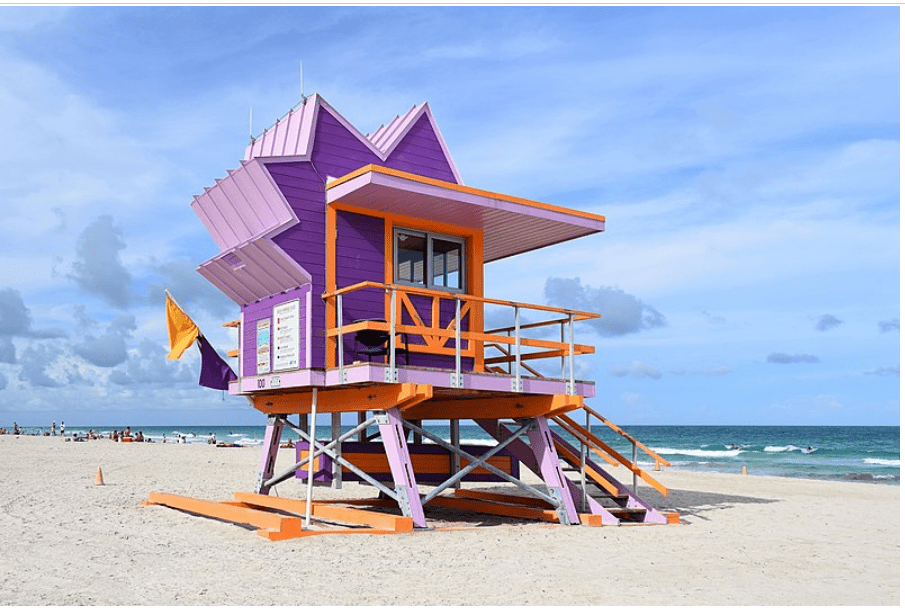Floridians are proud of their unique Florida trees, with more national champion trees (tallest or largest) than just about every other state. Because the Florida peninsula stretches so far into the tropics, we have several trees that are uncommon in other states but plentiful in Florida.
The subtropical environment of Florida makes it ideal for growing a wide variety of tree species.
Whether you want a tree that provides shade, bears fruit, is native to the area, or adds a splash of color with flowers, there’s also a tree that will meet your needs.
Whether you have to deal with a saline environment along the coast, hot and dry circumstances in the southernmost parts of the state, or colder North Florida wintertime, there is a huge spectrum of Florida-friendly trees that thrive in whatever climates the state throws at them.
Floridians adore their vast tree collection. We’ll go over the ins and outs of Florida trees in this article.
Most beloved tree-The Senator:
The Senator, Florida’s most beloved tree, died a tragic death in 2012. The Senator, located in Longwood’s Big Tree Park, was the world’s largest and oldest bald cypress tree. It stood 125 feet tall and had a 17.5-foot trunk diameter.
The tree was 3,500 years old, making it the world’s fifth oldest. The Senator is the largest tree east of the Mississippi, with a volume of 5,100 cubic feet.
Phoenix:
The Senator’s remnants are still in the park today, but nearby, a youngster known as “the Phoenix” is fast developing to continue the saga of Florida’s tallest tree.
Most favorite tree-Hawaii:
The most beloved tree, second only to a tree in Hawaii in the world, but with a long history. In 1925, Henry Firestone, the tire king, presented Thomas Alva Edison with a four-foot banyan tree.
The tree at Edison’s Fort Myers Laboratory has grown into a 62-foot monster with a fantastic 32-foot circumference.
Nation’s largest sausage tree-Kigelia Africana:
The nation’s largest sausage tree can be found nearby (Kigelia Africana). Visitors at Edison’s Park are not permitted to stroll beneath the sausage tree for fear of one of the massive, poisonous sausages crashing to the ground. Even so, people frequently rush up to touch the tree.
The tree is a force to be reckoned with.
What trees grow naturally in Florida?
Slash pine is a fast-growing tree that may reach heights of 75 to 100 feet and has a trunk diameter of 3 to 4 feet. It is and has been a major natural resource for Florida.
This Florida native can reach a height of 80 to 90 feet, but it is more typical around 15 to 30 feet. While Sand pine, unlike its cousin Slash pine, is not useful for timber (it rarely has a straight trunk of any significant length), it is produced for pulpwood.
A mature tree’s open crown may be rounded or flattened, and the bark is smooth and grey when young, becoming thick, scaly, and reddish-brown as it ages. Cones are closed, 1 – 3 inches in length that may persist on the tree for years, even becoming embedded in the twigs on which they grow. Squirrels and other small mammals enjoy the seeds.
Many native trees are already well-represented in south Florida nurseries’ catalogues. The state’s “staples” include sea grape (Coccoloba uvifera), cabbage palm (Sabal palmetto), mahogany (Swietenia mahagoni), bald cypress (Taxodium distichum), southern red cedar (Juniperus silicicola), live oak (Quercusvirginiana), southern magnolia (Magnolia grandiflora), gumbo limbo.
What is a common tree in Florida?

Adding native trees to your landscape nearly guarantees problem-free growth regardless of where you live in the state.
Florida’s native trees are accustomed to the state’s harsh environmental circumstances and continue to flourish unaffected.
Except for Hawaii, Florida has a greater variety of native trees than any other state in the United States. Many of the trees that spread widely and are well-known throughout the eastern United States find their southern limit in northern Florida, particularly in the western region.
Here are many kinds of hickory, elm, ash, maple, magnolia, basswood, and locust, while a large number of different kinds of pine, gum, and oak are at home throughout the state.
Many tropical and subtropical plants found in the Caribbean have their northern limit in south Florida.
What types of trees are in Florida?
Shade Trees That Grow in Florida:
Adding a shade tree to your landscape not only provides relief from the heat and sun, but it may also help you save money on your electric bills by shading your home, and who doesn’t want to send the electric company less money each month? Some resilient shade trees that grow in Florida are listed below.
⦁ Bald cypress
⦁ Black olive
⦁ Live oak
⦁ Mahongy
⦁ Maple
⦁ Ficus
⦁ Gumbo limbo
⦁ Japanese fern tree
⦁ Slash pine
Fruit trees that grow in Florida:
Florida’s year-round warm temperatures are ideal for growing a variety of fruit trees that thrive in the subtropical climate. This provides the homeowner with a number of fruit tree options that aren’t available in colder parts of the United States.
⦁ Banana
⦁ Citrus
⦁ Figs
⦁ Jackfruit
⦁ Loquat
⦁ Melbury
Flowering Trees in Florida:

Flowering trees are a great way to add interest and colour to a Florida environment. After all, the area was christened “florido” by Ponce de Leon, which means “flowery” or “full of flowers” in Spanish, so adding a tree that produces bright blooms seems only natural, and there are plenty to choose from.
⦁ Crabapple
⦁ Crepe myrtle
⦁ Dogwood
⦁ Hydrangea
⦁ Magnolia
⦁ Plumeria
Native Florida Trees:
Adding native trees to your landscape nearly guarantees problem-free growth regardless of where you live in the state. Florida’s native trees are accustomed to the state’s harsh environmental circumstances and continue to flourish unaffected.
⦁ Buttonbush
⦁ Hornbeam
⦁ Loblolly bay
⦁ Red maple
⦁ Rusty blackhaw
⦁ Slash pine
⦁ Sycamore
Native sycamore (Platanus occidentalis) trees are hardy in North and Central Florida, and they grow to be enormous trees up to 90 feet tall and 70 feet wide, so they need space to spread out.
The 8-inch green, star-shaped leaves turn golden in the fall before dropping in the winter, filling the spherical and spreading canopy.
In the spring, small red blooms emerge inconspicuously, followed by 1-inch spherical brown fruits. Sycamores are fantastic shade trees but keep in mind that they can be filthy, so place them away from the house. It thrives in full sun, grown in a range of moist, well-drained soils.
It’s safe to say that Florida trees are pretty amazing!
They can withstand the heat and humidity, not to mention all of the hurricanes. And they’re not just beautiful to look at; they also provide shade and help keep our environment healthy. So if you’re ever in Florida, be sure to take a walk through the forest and admire these amazing creatures!








